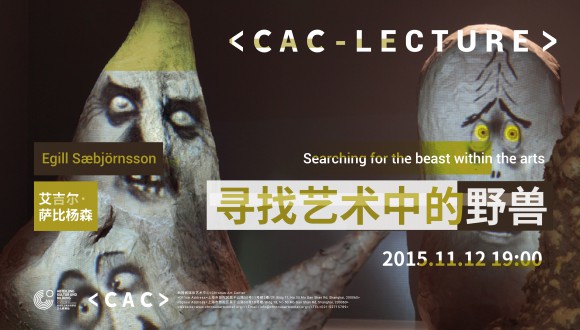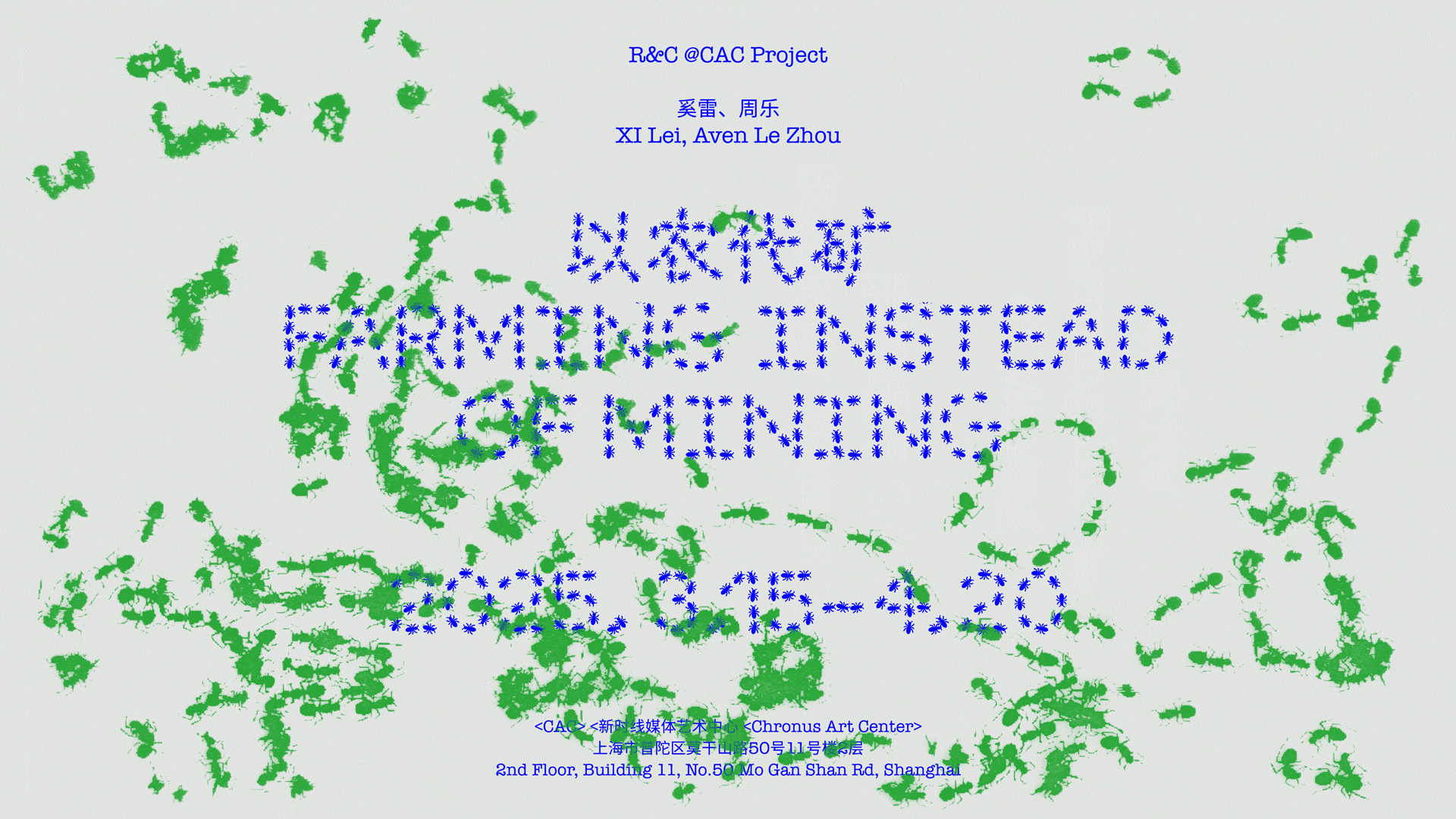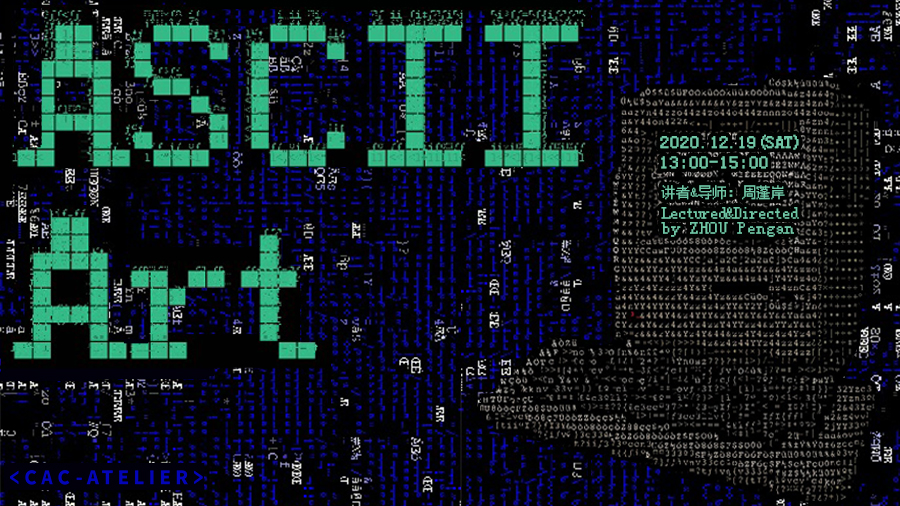Lecturer: Egill Sæbjörnsson
Time: 2015.11.12 19:00
Venue: Chronus Art Center (Building 18, No 50 Moganshan Road, Shanghai)
There is a beast performing behind the curtains of all art works. I am making and showing one piece after the other without ever being able to reveal the beast. The beast may be the audience performing in their own process of looking and interacting while thinking about the piece. The beast may be in the technique of the piece or the content. It may be in the surface, in how the works look, or it might be in the depth, in the things the piece refers to. The beast may be so many things…
About the Lecturer
Born 1973 in Reykjavik, Iceland. Lives in Berlin, DE. Egill Sæbjörnsson graduated from the Icelandic College of Arts and Crafts (now the Icelandic Academy of the Arts) in 1997 and studied at the University of Paris, St.Denis, from 1995 to 1996.
Sæbjörnsson is interested in the connection between the mental reality and the physical reality; in the mere connection between what we think and what is happening in the world around us. One can say that, in his work, this is indicated by the projected videos onto objects. The videos can be perceived as the thoughts or the mental reality and the objects as the physical reality or vice versa. We constantly project our thoughts onto the world, just like we record the world through our senses. Humor and perhaps a sense of magic or other elements, such as music, which acquire openness to interpretation on different levels is somewhat how Sæbjörnsson approaches his work.
With an educational background in drawing and painting, his approach is somehow a technological continuation of painting. For Sæbjörnsson, all artworks have always been alive and have co-created us as much as we created them. In other words; “art is an independent species evolving together with humans”. Art is like the dog that evolved from wolves when wolves started to walk with humans. We are not in control of art, art has simultaneously shaped us. Using a playful approach, Sæbjörnsson celebrates this playful creative force, the relationship between humans and the environment.
The interrelation between all these components leads to an experimental manner in which Sæbjörnsson’s arrangements cannot be described as mere “installations”. They are at once performance sets, sculptural accumulations, and three-dimensional drawings. He uses all these methods to create a distinct visual language often laced with plays on perception. As a matter of fact, there must be a creative power in front of art, in front of science, and even religion.








